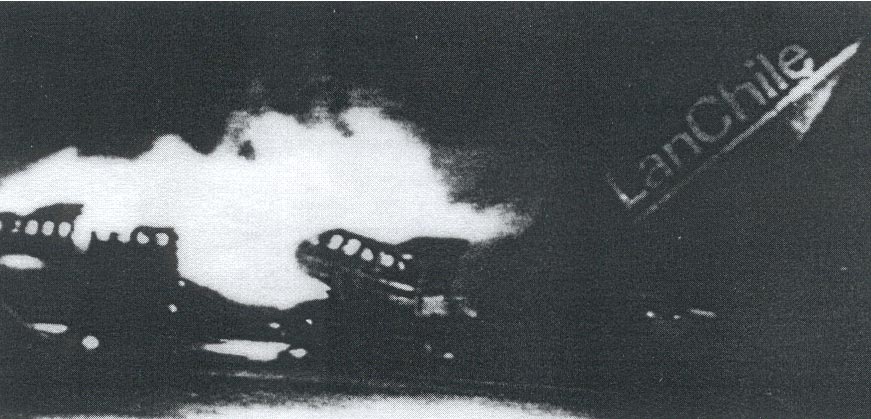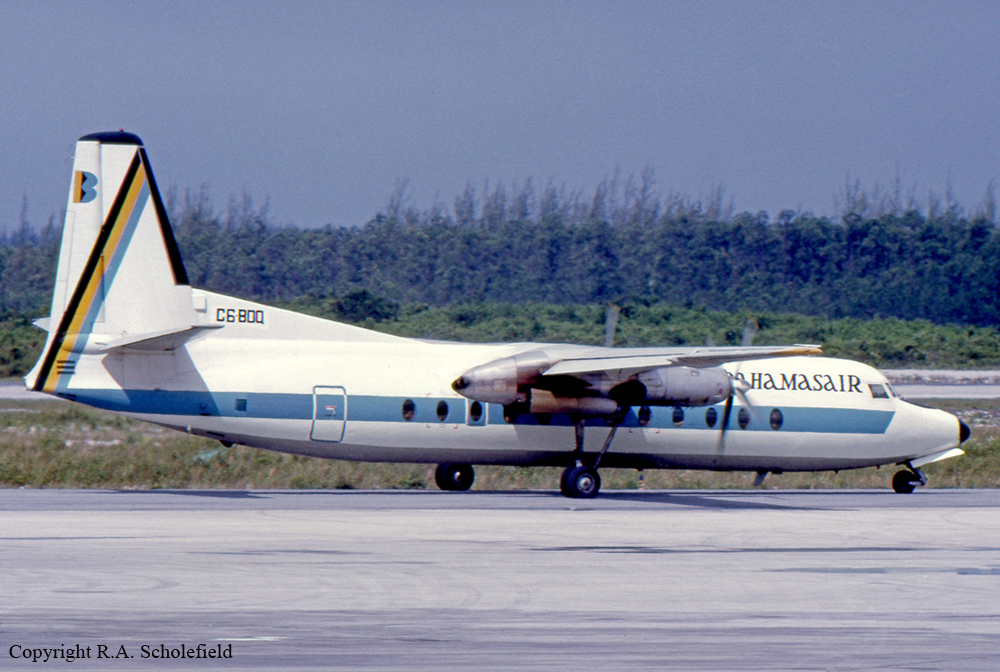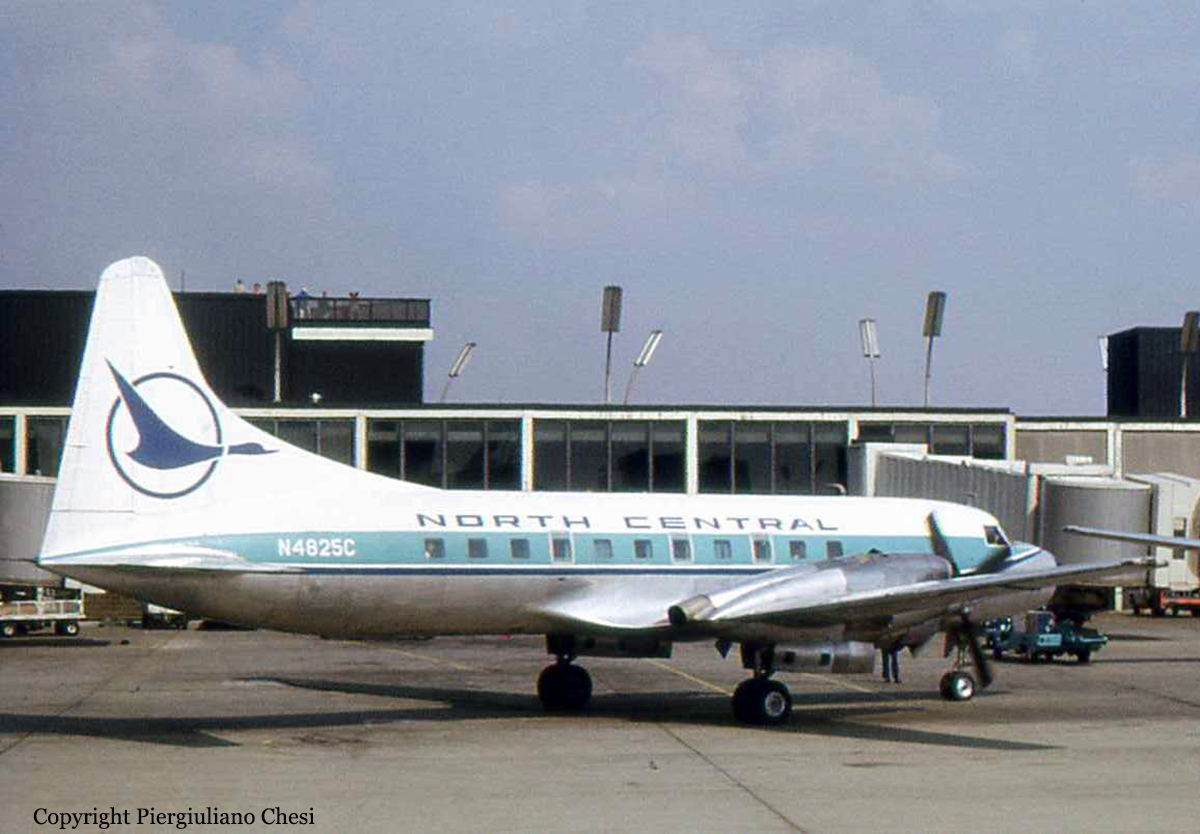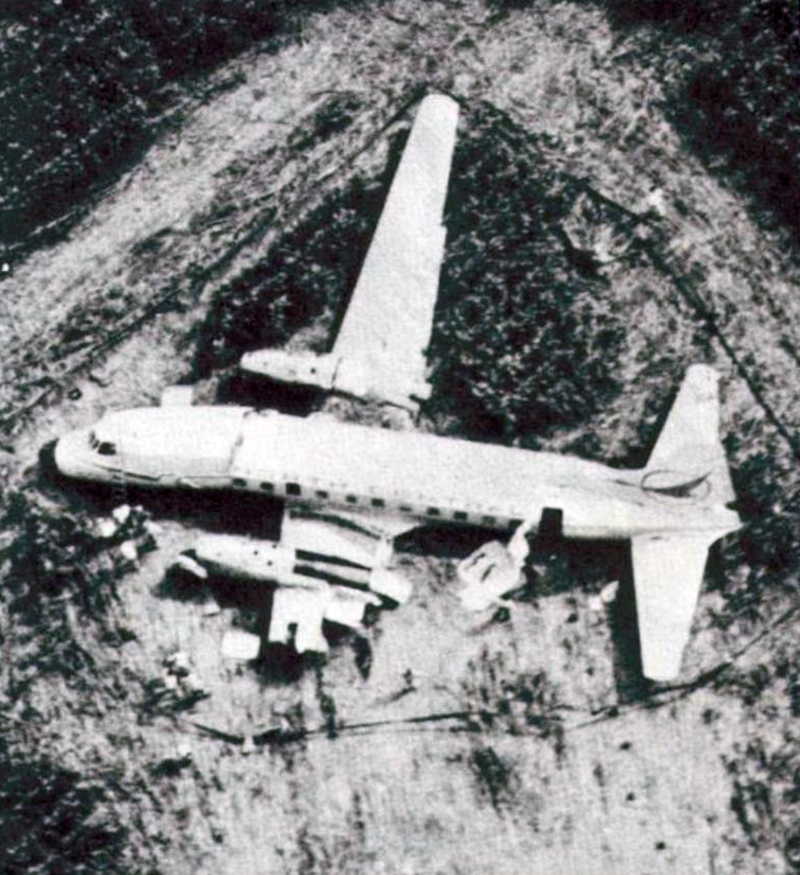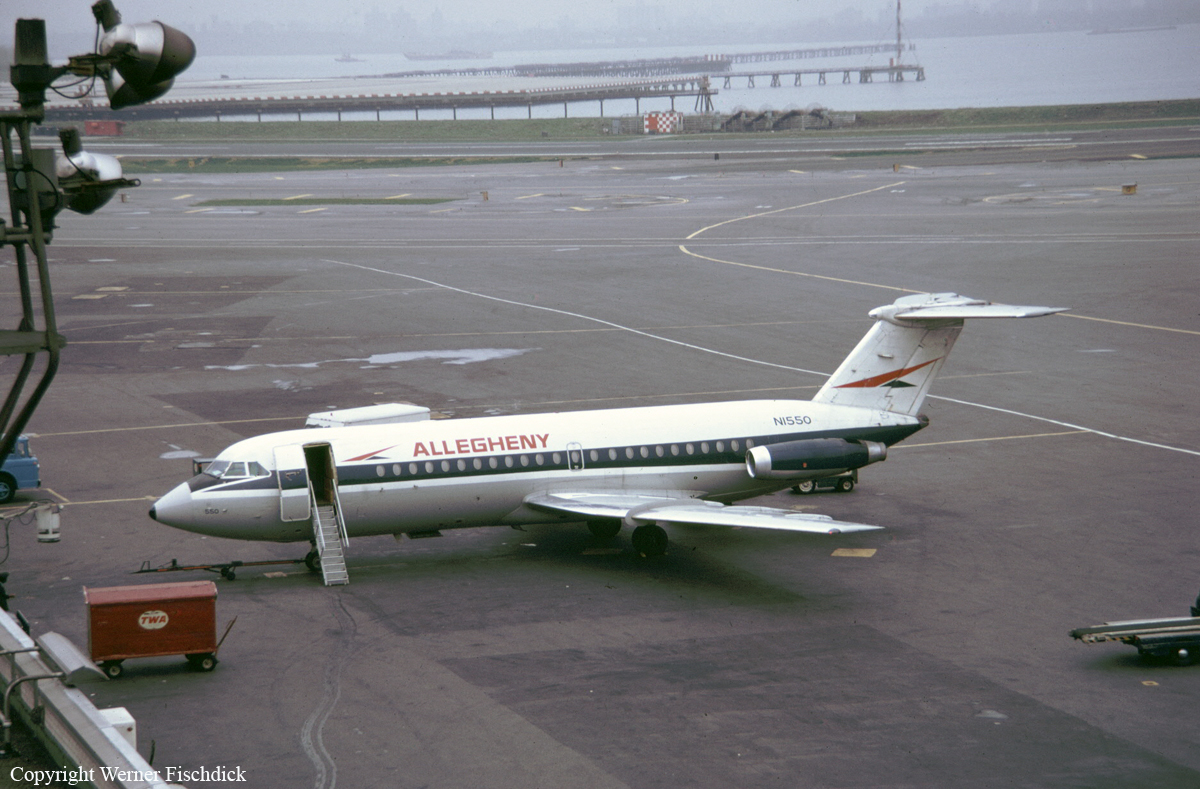Crash of a PZL-Mielec AN-2 near Ekimchan: 1 killed
Date & Time:
Aug 13, 1978 at 0942 LT
Registration:
CCCP-55719
Survivors:
Yes
Schedule:
Ekimchan - Baladek
MSN:
1G49-11
YOM:
1964
Crew on board:
2
Crew fatalities:
Pax on board:
1
Pax fatalities:
Other fatalities:
Total fatalities:
1
Aircraft flight hours:
12141
Circumstances:
The single engine airplane was completing a flight from Ekimchan to Baladek, carrying one passenger, two pilots and five drums loaded with diesel for a total weight of one ton. Seven minutes and 10 seconds after takeoff from Ekimchan, while flying at an altitude of 720 meters, the engine lost power. The airplane lost height, entered a nose down attitude of 18° then struck a hill. Both pilots were injured and the passenger was killed. The airplane was destroyed by fire.
Probable cause:
The exact cause of the engine failure could not be determined with certainty. However, investigators believe that the fuel pump and a collector probably failed in flight.




